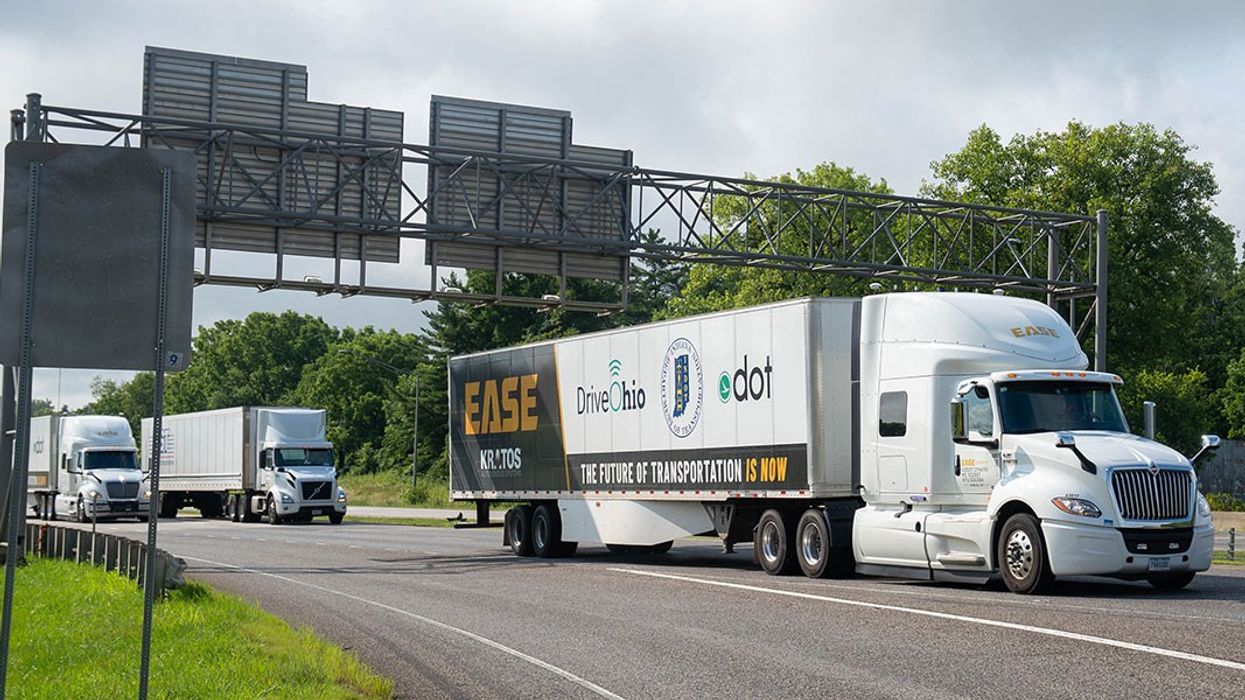It may surprise you, but how weather affects office door locks isn’t just a concern for maintenance staff. Office administrators, business owners, and employees alike need to understand the impact of temperature fluctuations on security and access mechanisms. From freezing temperatures to high humidity, weather can significantly impact the functionality of office door locks. Understanding these effects ensures you maintain the security and efficiency of your workspace.
This article will explore the various ways in which weather impacts office door locks, measuring how key systems might falter when temperatures drop or rise. Remarkably, there are measures you can take to mitigate these effects, ensuring your office remains safe and accessible under various weather conditions.

Understanding the Impact of Cold Weather
Cold weather poses unique challenges to door lock systems, particularly mechanical locks. During winter, metal components contract, making it difficult for keys to turn smoothly. When temperatures plummet, doors could even freeze shut, causing extensive lockouts. Therefore, it becomes crucial to anticipate how office lockout services might need to be on standby in winter months.
Freezing Doors Lead to Lock Malfunctions
In extremely low temperatures, locks can become jammed as moisture turns to ice within the mechanism. This ice expansion can hinder the movement of internal components, rendering your lock unusable. Prompt attention to such jams is essential.
Preventive Measures in Cold Weather
Certain preventive measures such as regular lubrication of lock components can help maintain their functionality despite dipping temperatures. Using specialized lock de-icers can prevent the ice formation that often leads to malfunctions.
The Role of Humidity and Its Effects
Humidity too, can significantly impact the condition of office door locks. Damp environments can lead to rust, which eventually corrodes internal mechanisms, causing locks to seize over time. Effectively managing humidity within your office can preemptively delay such issues.
High Humidity and Material Expansion
High humidity makes metal parts expand and wooden door frames swell, creating a tight fit that exacerbates existing issues with locks. The key may require additional force to turn, or the lock might not function optimally due to these expansions.
Reducing Humidity-Induced Wear
Regular maintenance, such as oiling and using moisture absorbers near lock installations, can deter rust and delays both expansion and contraction issues. This is a proactive means to assure lock resilience in humid conditions.
Temperature Fluctuations
Ultimately, the stress of dramatic temperature changes from day to night causes uneven contractions and expansions to lock systems. These fluctuations contribute to wear, which over time, weakens lock components and compromises security.
Environmental Adaptations for Locks
Using environmental adaptations can significantly improve lock longevity. Implement measures like installing weather stripping around doors and choosing lock materials resistant to temperature-induced wear.
Electronic Locks and Weather Sensitivity
Electronic locks, while offering advanced security features, are also vulnerable to weather effects, predominantly electricity disruptions. Power fluctuations are more frequent during storms and extreme weather, which could compromise lock operability and require manual override solutions.
Protecting Electronic Lock Systems
To safeguard electronic locks, regularly inspect weatherproofing seals and utilize backup power systems to ensure uninterrupted operation. Electronic locks reduce lockouts through enduring such disruptions, emphasizing the importance of continued maintenance.
Material Considerations in Varying Climates
The choice of lock material can significantly influence how it responds to weather. Stainless steel, for example, demonstrates excellent resilience across varying temperature ranges, providing durable security solutions in diverse climates.
Regular Locksmith Services
Engaging with professional locksmith services periodically ensures your offices locks remain at peak efficiency, ready to withstand weather shifts. This careful oversight helps identify latent issues before they escalate into full-blown lockouts.
Understanding these reset digital office door locks is fundamental when considering potential compromises due to extreme weather.
FAQs on Weather and Office Door Locks
Q1: How can cold weather affect office door locks?
A: Cold weather can cause metal components in locks to contract, potentially leading to jams or malfunctions if moisture inside the lock freezes.
Q2: What are some essential tips for maintaining locks in humid environments?
A: Regular maintenance using oils, reducing ambient humidity around locks, and moisture absorbers will prevent rust and jammed locks.
Q3: Are there lock materials that are more resistant to weather changes?
A: Yes, stainless steel and other non-corrosive materials sustain integrity against weather exposure, offering enhanced durability.

Conclusion: Ensuring Office Security Year-Round
Weather changes significantly influence office door lock functionality, but understanding these effects helps in applying effective preventive and adaptive measures. By integrating routine maintenance with smart material choice, office security can remain uncompromised throughout the year, safeguarding your work environment and assets efficiently.
For further insights on lock technology, visit commercial door locks and office smart lock.
This article contains affiliate links. We may earn a commission at no extra cost to you.






